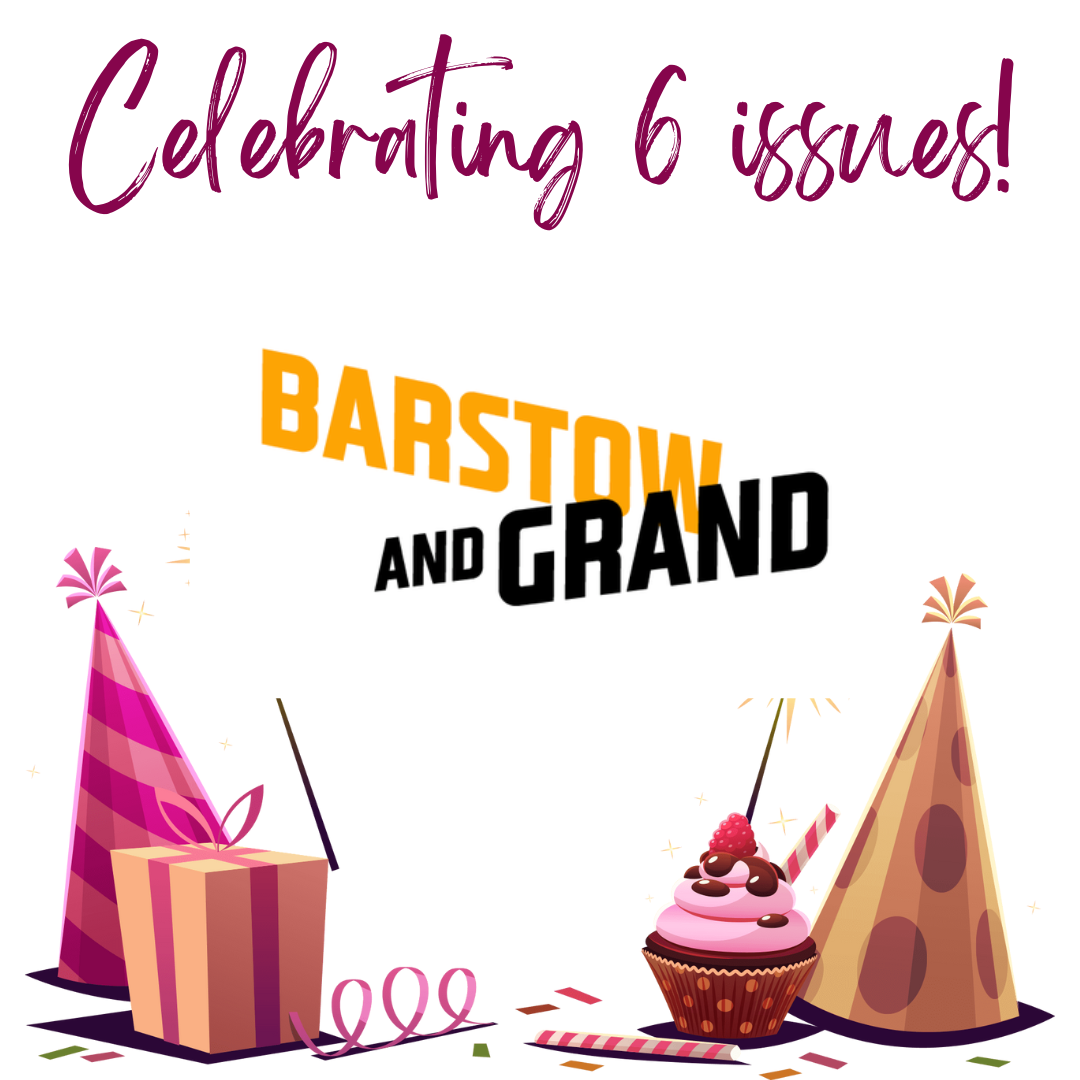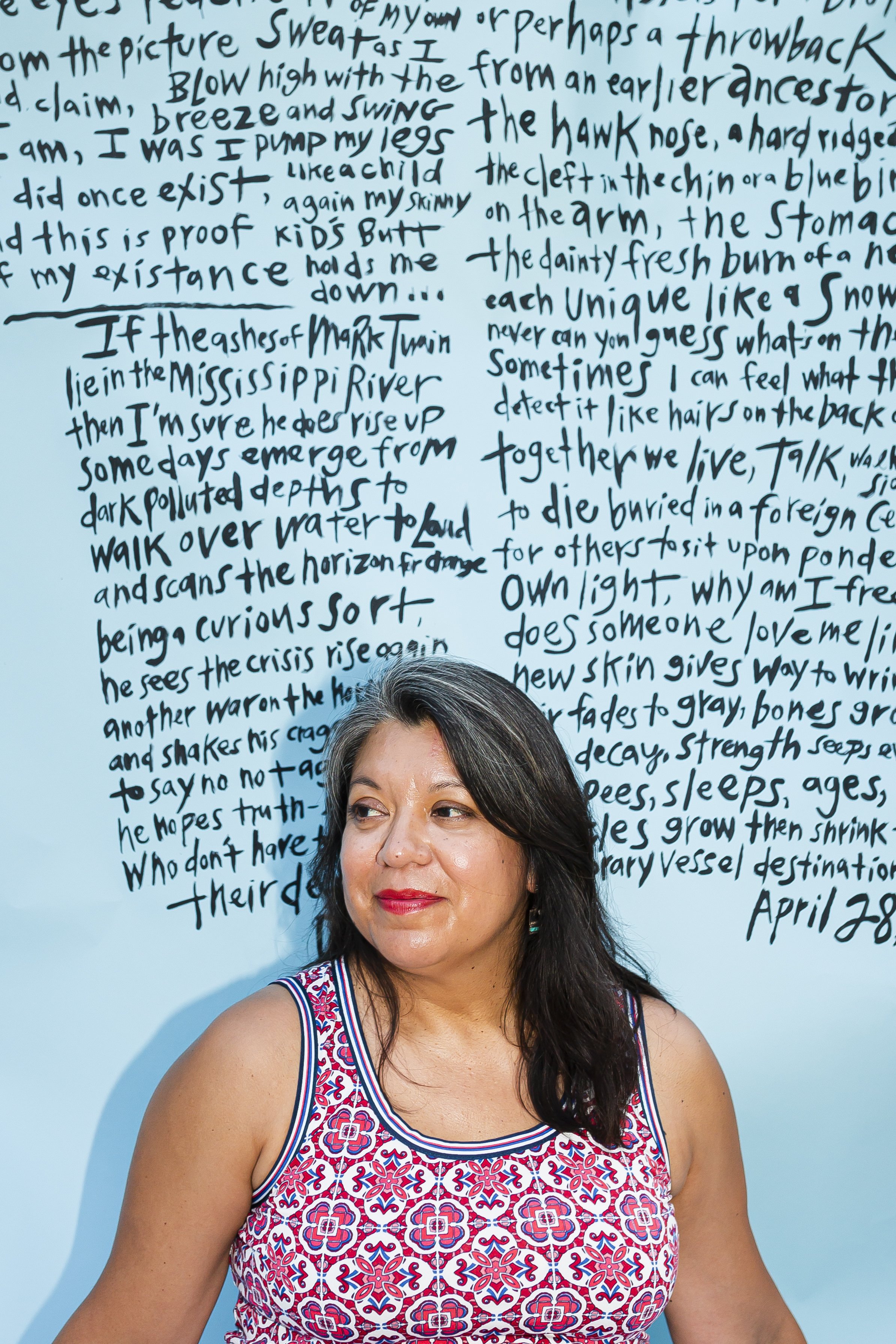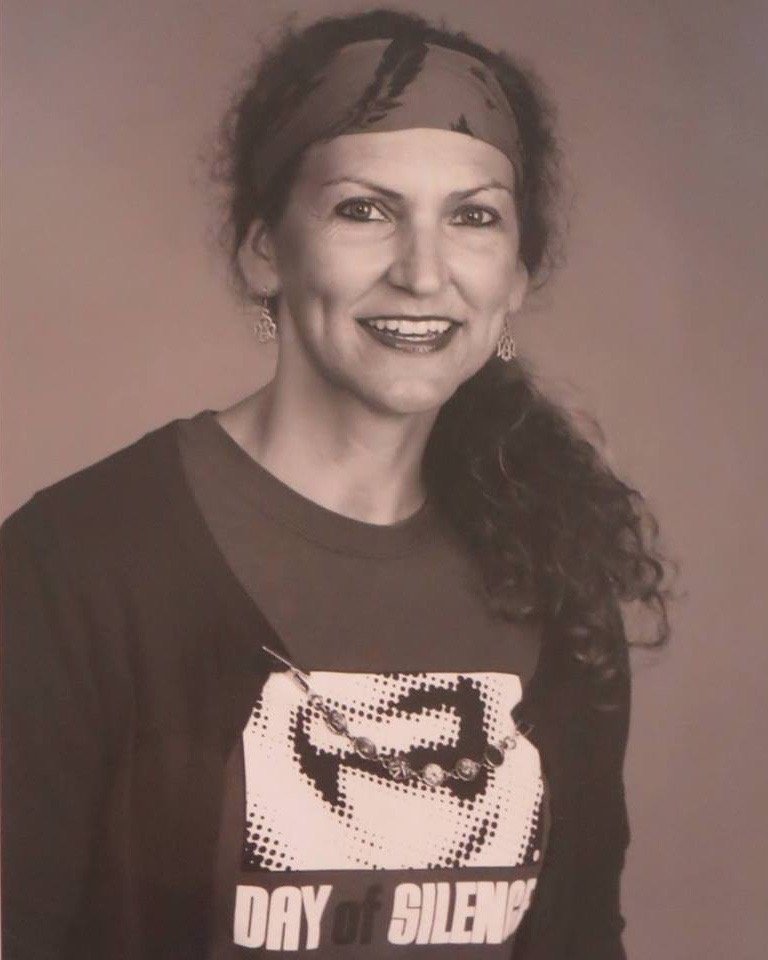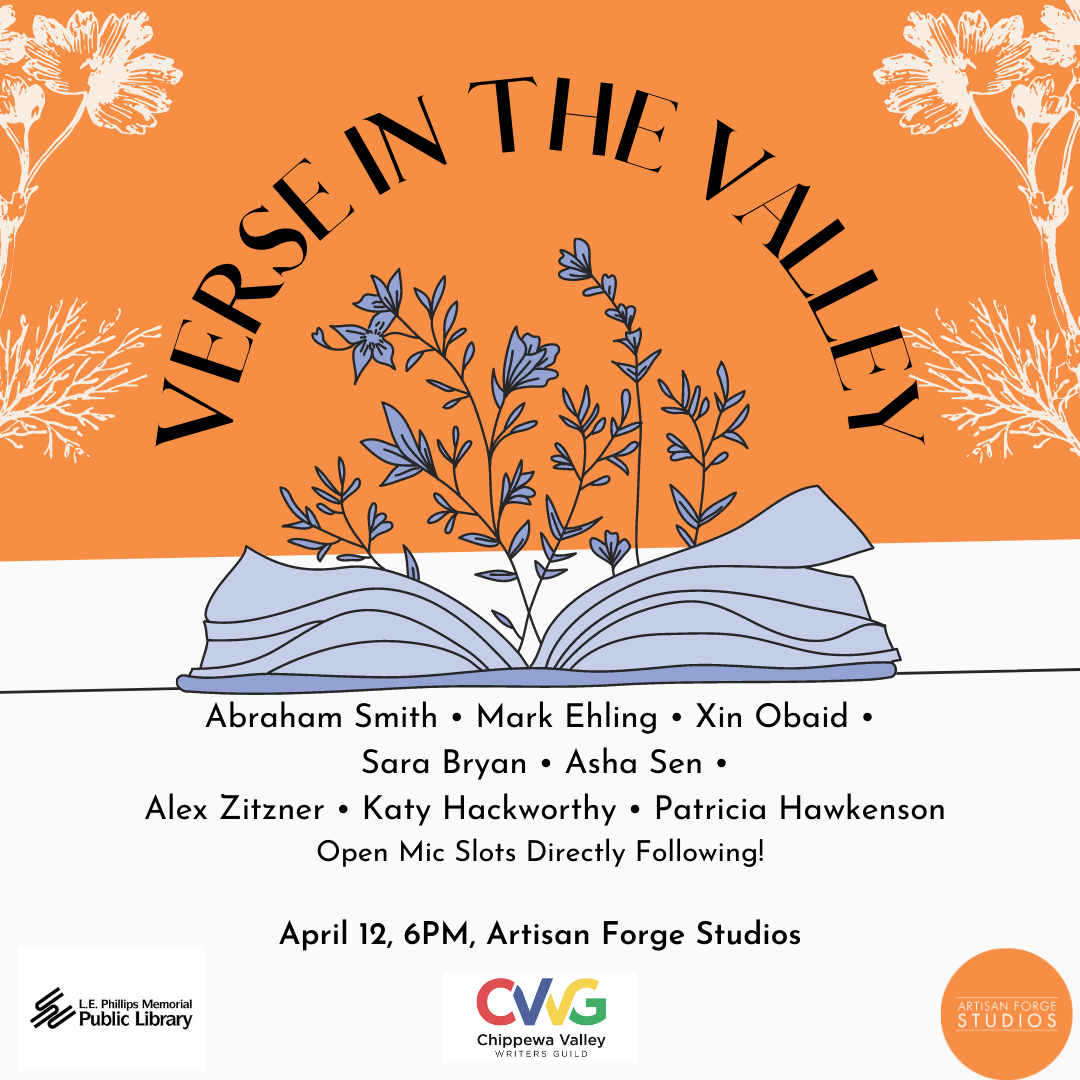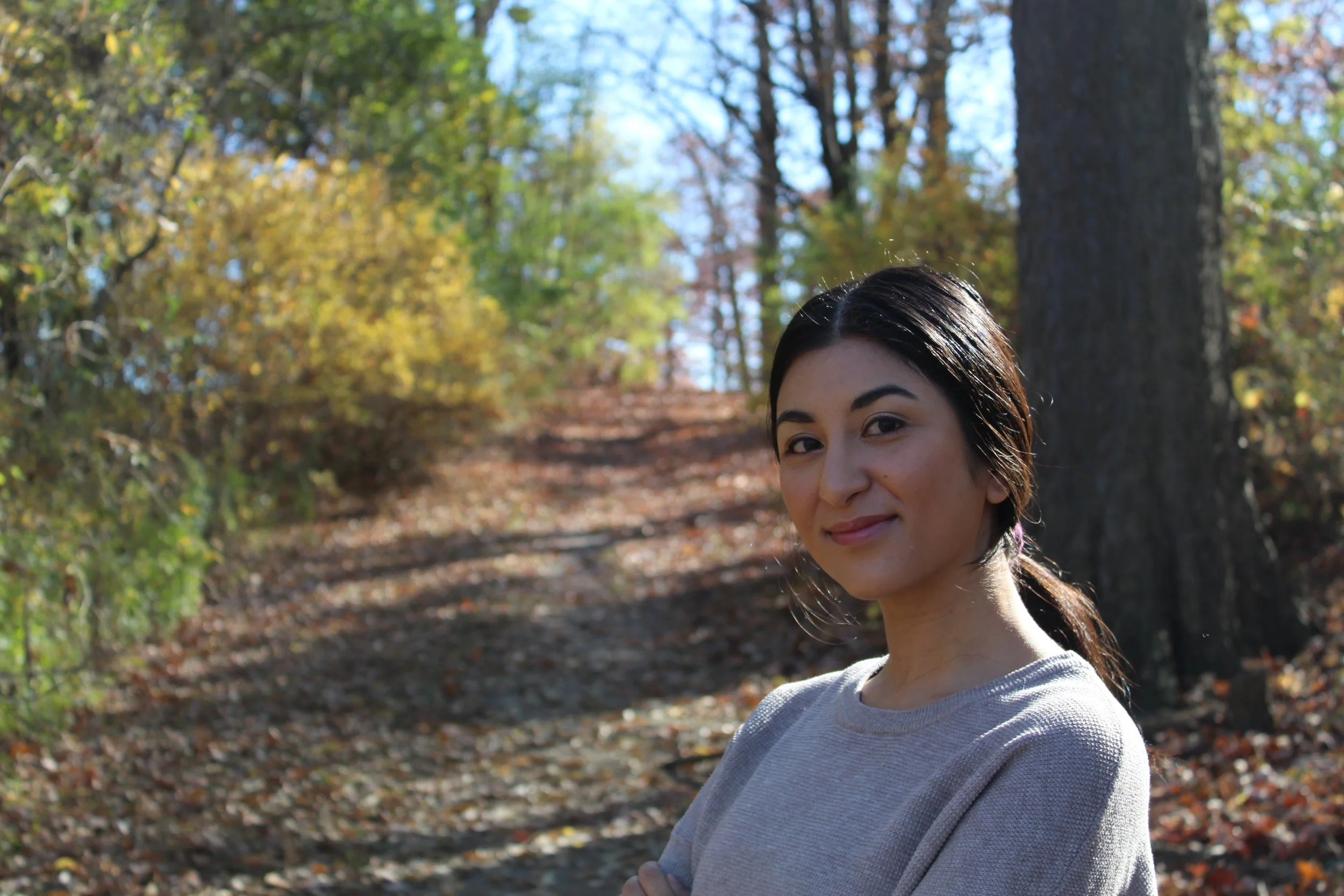Carlee Shimek
If the steady influx of folks entering the newly renovated L.E. Phillips Memorial Public Library at 9am on a Saturday is any indication, Eau Claire’s residents are ecstatic to have the library back up and running for business. After an extensive sixteen-month renovation, the downtown community space officially re-opened to the public at the end of September. We thought it’d be fun to share some of the cozy spots for reading (or even napping!) that I investigated throughout the building’s upgraded layout. Read on for Carlee’s Top 5 Hangout spaces!
#1 Atkins and Shea Teen Lounge
Teens and tweens, this one’s just for you! This neat little rectangular space on the first floor provides privacy on cool cushions to study, hang with friends, or peruse the latest YA bestseller. The soft blue color tones exude a sense of tranquility.
#2: Jay and Rose Phillips Family Foundation Tween Lounge
This open-air spot, nicknamed “The Lookout”, is on the first floor right next to the children’s play area. This space is available to adults who are accompanying minors, with a combination of tables for laptop work or uniquely structured chairs for lounging, as the space’s title encourages one to do so. It also has computers available for those who may need a better bandwidth than what the house offers. The view of outside will look glorious in all seasons, from the spring buds to winter snow.
#3: Front Door Lounge Space
To the very right of the front door lies a not-hidden gem. This is the perfect spot for groups of people who want to hang in an environment quieter than say a cafe. The view of the front of the building from the windows and the rest of the first floor allows for casual people-watching, if you enjoy such a hobby. It has a multitude of seating, from singular chairs to tabletops to elongated benches.
#4: Second Floor Viewing Lounge
This space didn’t have a name, so I made one up. The view comes from the lovely site of its windows that catch a glance of the river cutting underneath the streets of Barstow, Farwell, and Dewey. This space is certainly quieter and possesses a vibe of independence, being on the second floor. It lies nestled behind the Large Print and Graphic Novels sections of the second floor.
#5: Children’s Cave
Okay, yes, by its name and the fact that it’s right next to the children’s books, this was built for the kiddos to enjoy. But I couldn’t help putting it on this list, it looks too comfortable. I could curl up here for hours and forget about my problems easy-peasy. So if you want to crawl into that cave and not care if youngsters look on indignantly, you do you. If you have a bad back, however, I would refrain for safety reasons. The grass-green bench attached to the cave looks just as cool. We should petition the library to incorporate more of these so there’s more of them to share.
These were my admittedly biased top picks, but that doesn’t mean the library has no other hidden gems for all folks, if these five don’t pique your interest. The library’s third floor includes a beautiful art gallery with benches and even an outdoor patio, though it probably won’t get much use until spring comes next year. Right outside the front doors of the building are more outdoor tables to soak in the skin-tanning rays while reading, at least for when the sun comes back full-throttle. The basement also has its own hangout chairs and coffee tables, for those who enjoy the groundhog-feeling of being underground.
Along with relaxing spaces for lounging, as an individual or a group, the library has wonderful, additional amenities. They have printing services, computer-access areas, children recreational activities and rooms, private meeting/study rooms, conference rooms for events, and even a “Library of Things” where you can rent out objects like tools, sporting equipment, and cooking utensils just like you would a book.
There’s truly something for everyone at this innovative, updated community space. Come explore the maze of books and more at the L.E. Phillips Memorial Public Library.







